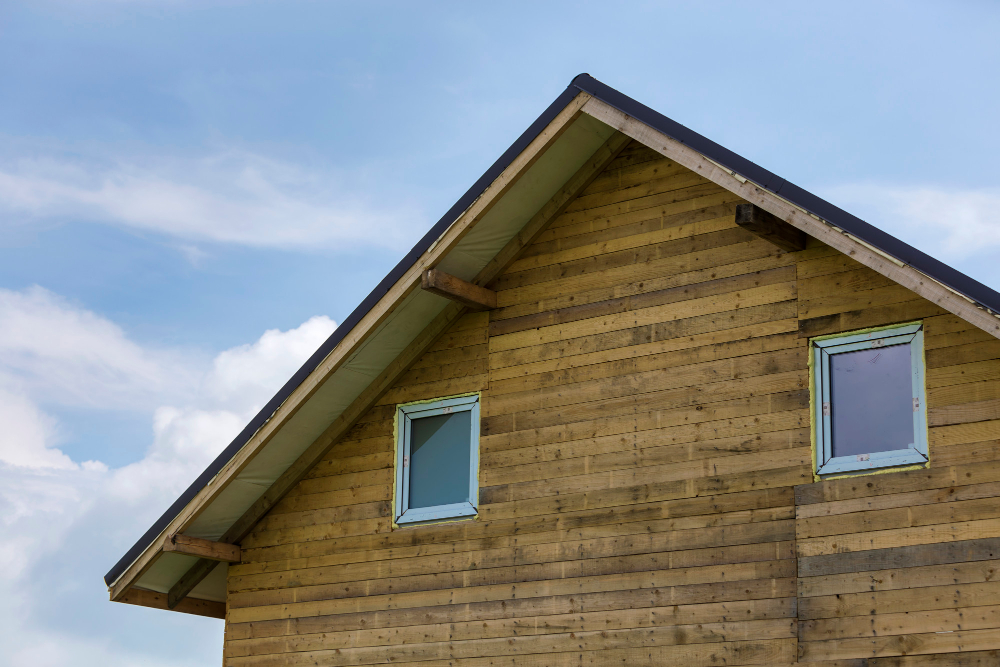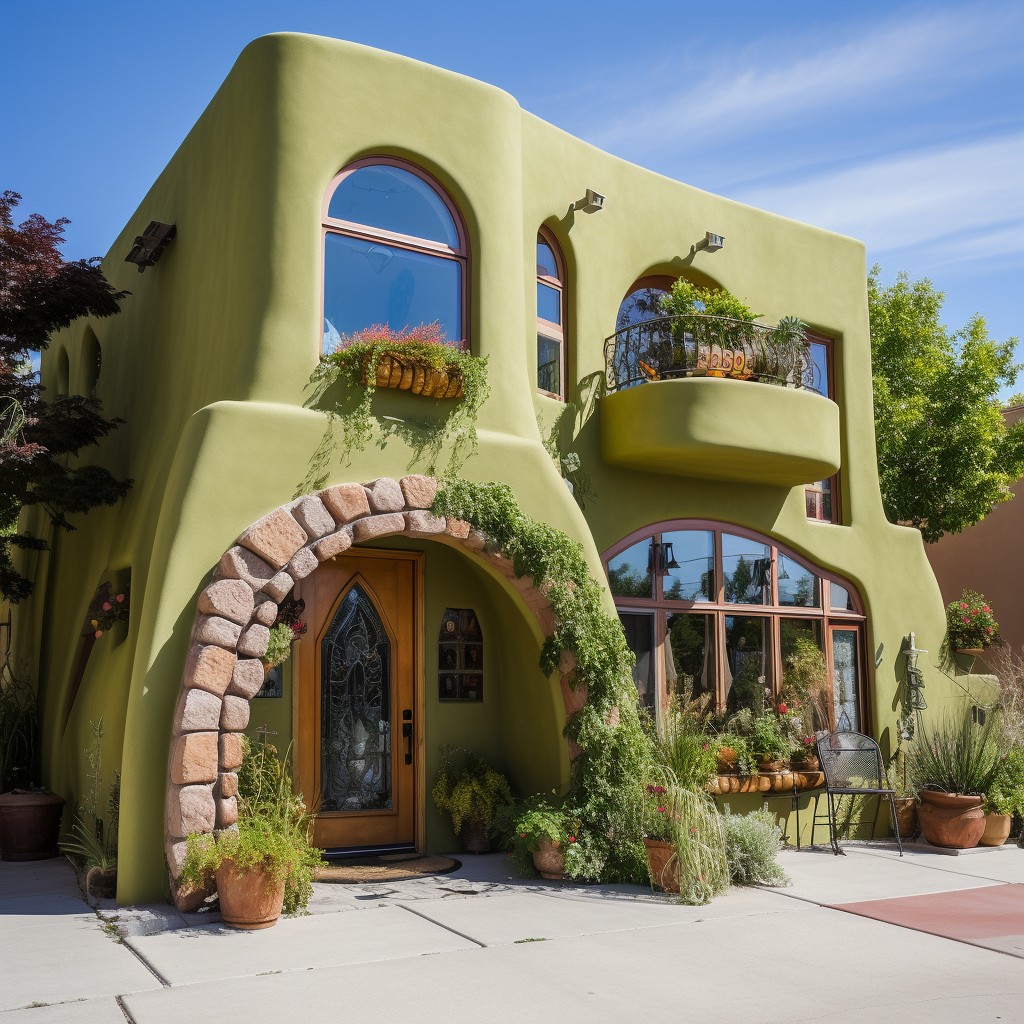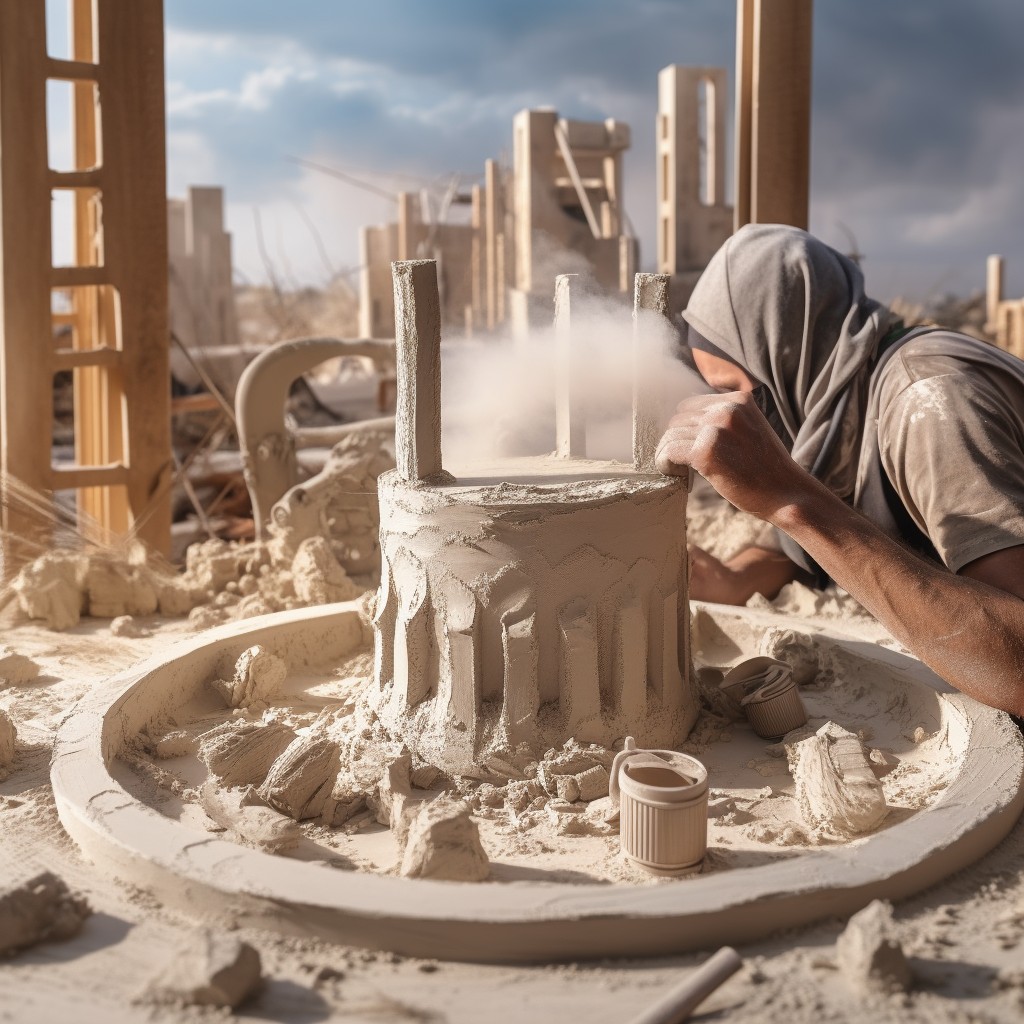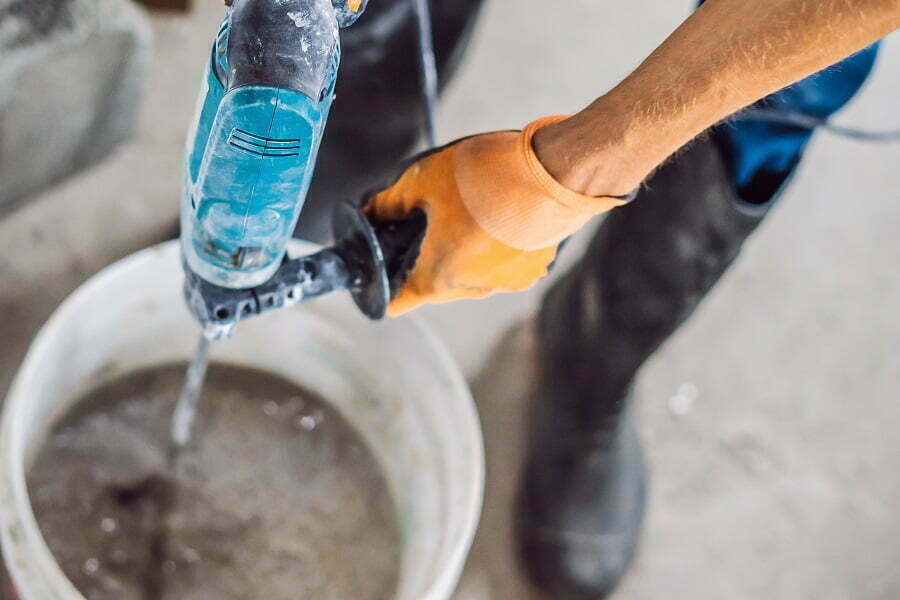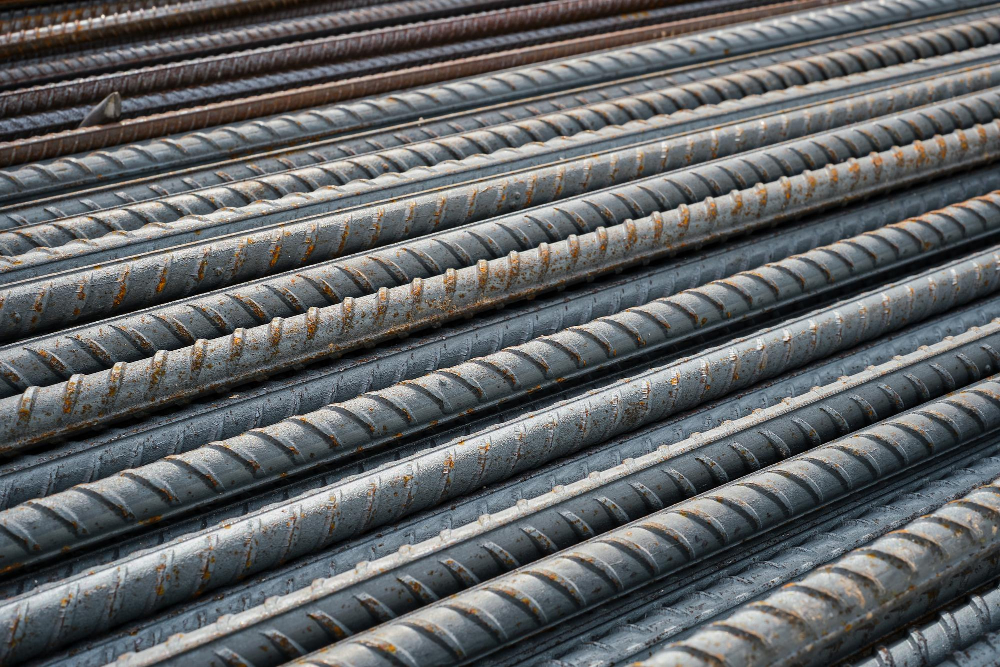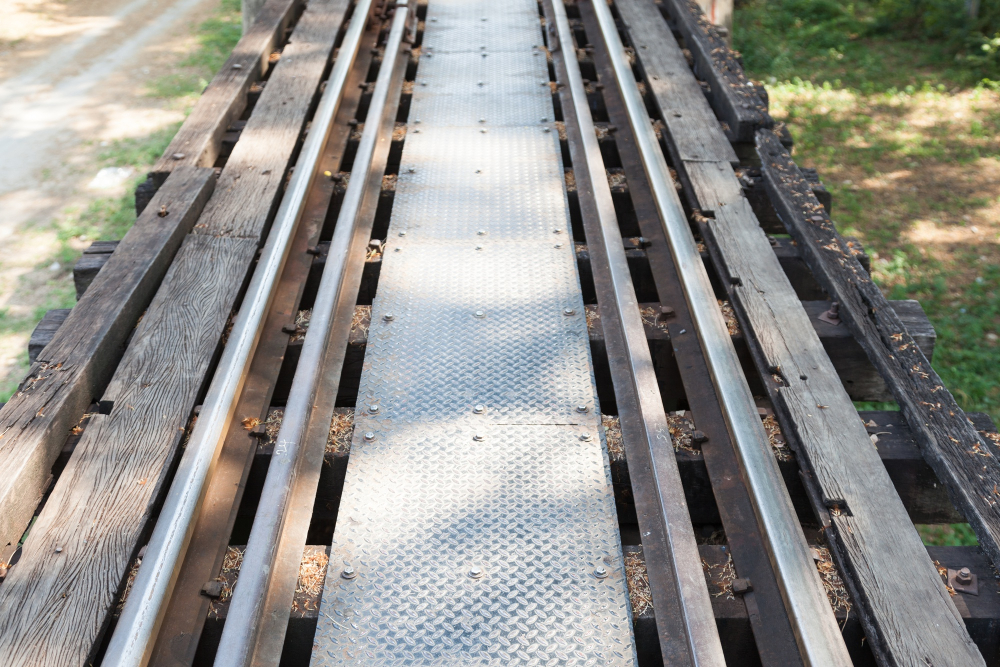Last updated on
Discover the top wood siding alternatives that provide durability, style, and low maintenance for your home’s exterior without compromising on aesthetics.
If you’re looking for a way to add some character and charm to your home’s exterior, wood siding may seem like the obvious choice. But what if you’re on a budget or simply don’t want the maintenance that comes with traditional wood siding? The good news is that there are plenty of alternatives out there that can give you the same beautiful look without breaking the bank or requiring constant upkeep.
In this article, we’ll explore some of the best wood siding alternatives available, so you can find the perfect fit for your home and budget.
The Necessity of Reliable Wood Siding Alternatives

Wood siding has been a popular choice for homeowners for many years. It’s natural, beautiful, and adds warmth to any home.
However, wood siding requires regular maintenance such as painting or staining to keep it looking its best. Wood is susceptible to rotting and insect damage over time.
This is where reliable wood siding alternatives come in handy. They provide the same aesthetic appeal of traditional wood without the high maintenance requirements or susceptibility to damage from insects and weather conditions.
Choosing a reliable alternative can save you money on repairs in the long run while still giving your home that classic look you desire.
Vinyl Siding
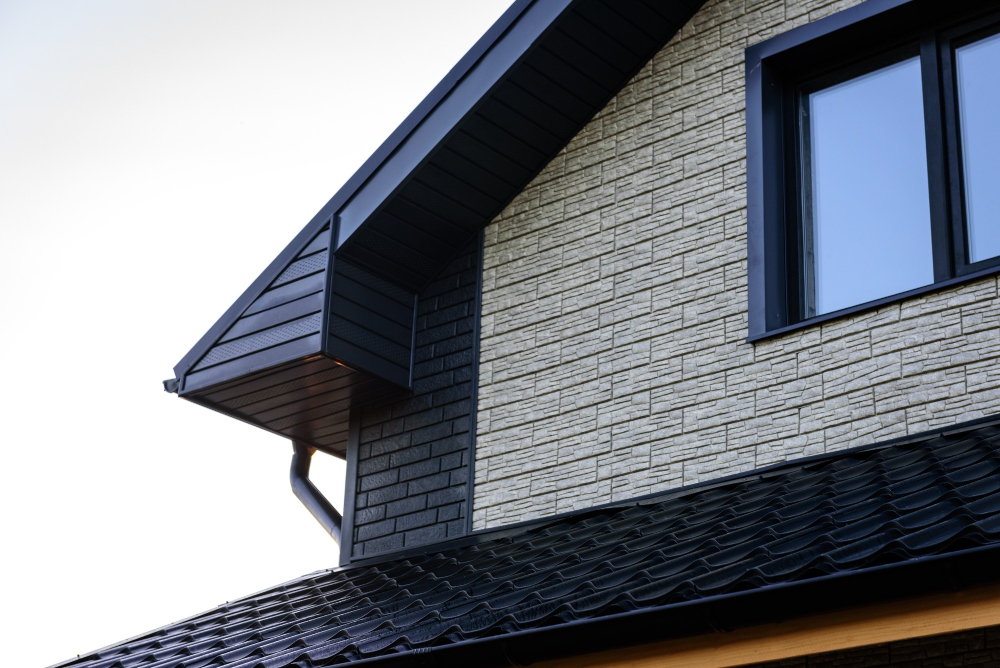
It’s made from PVC (polyvinyl chloride) resin, which makes it durable and resistant to weathering, fading, and insect damage. Vinyl siding comes in a variety of colors and styles that can mimic the look of traditional wood or other materials like stone or brick.
One advantage of vinyl siding is that it’s easy to install compared with other types of exterior cladding. This means you can save money on installation costs if you’re handy enough to do the job yourself.
However, there are some downsides associated with vinyl siding as well. For one thing, it doesn’t have the same natural look as real wood or stone veneer options might offer.
While vinyl may be more affordable than some alternatives upfront; over time repairs may become necessary due cracking caused by extreme temperatures changes.
Aluminum Siding
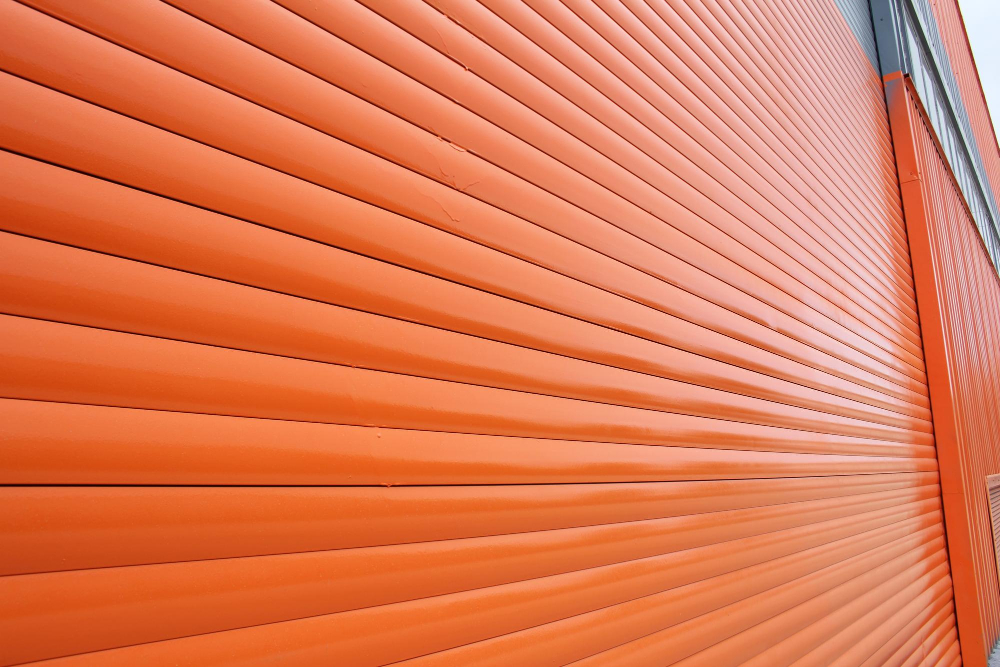
It’s lightweight, easy to install, and comes in a variety of colors and styles. Plus, it’s resistant to moisture damage, insects, and fire.
One of the biggest advantages of aluminum siding is its durability. Unlike wood that can rot or warp over time due to exposure to the elements or pests like termites or carpenter ants; aluminum holds up well against harsh weather conditions such as rainstorms or hailstorms.
Another benefit of aluminum siding is that it requires very little maintenance compared with other materials like wood which needs regular painting every few years. With just occasional cleaning using soap water solution you can keep your home looking great year-round without any additional effort.
Fiber Cement Siding
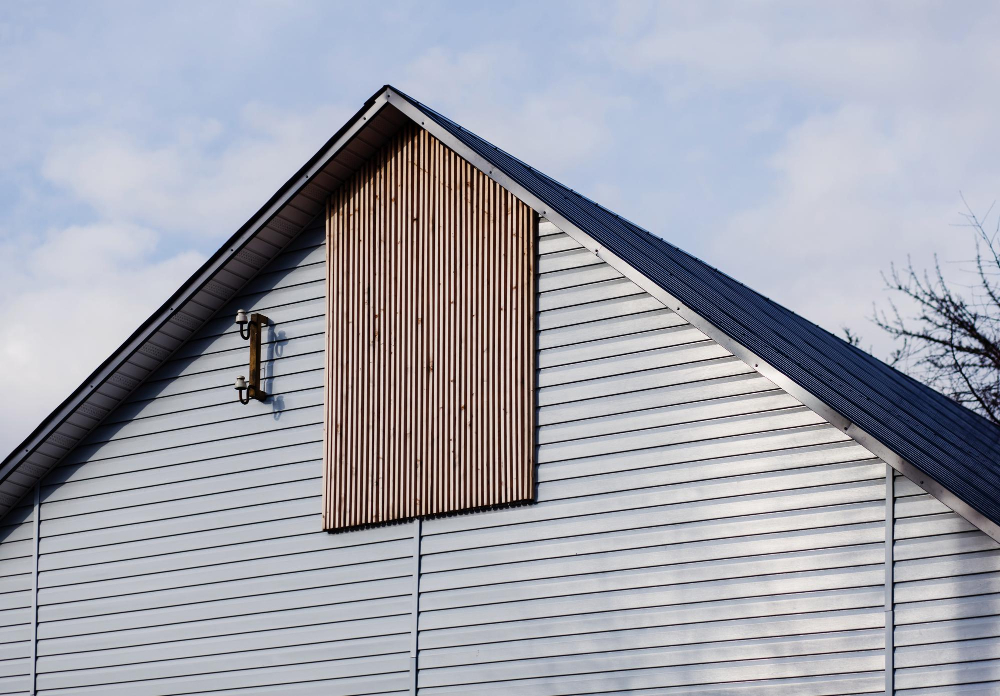
Made from a mixture of cement, sand, and cellulose fibers, fiber cement siding is highly durable and resistant to rotting, warping or cracking. It can also withstand extreme weather conditions such as heavy rain or strong winds.
One of the most significant advantages of fiber cement siding is its versatility in design options. It comes in various textures like smooth finish or wood grain texture that mimics traditional wooden planks’ appearance while providing superior protection against moisture damage.
Another benefit of using Fiber Cement Siding for your home’s exterior is its fire-resistant properties due to its non-combustible materials composition. This feature makes it an excellent choice for homeowners living in areas prone to wildfires.
Nichiha Fiber Cement for Structural Protection
Did you know that some fiber cement products, like Nichiha Fiber Cement, offer more than just good looks? This innovative product provides structural protection as well.
Nichiha Fiber Cement is made from a unique blend of natural fibers and cement. The result is an incredibly durable material that can withstand extreme weather conditions and resist damage from insects and fire.
In fact, it’s so strong that it’s often used in commercial construction projects.
But don’t let its toughness fool you – Nichiha Fiber Cement also comes in a variety of styles and finishes to suit any design aesthetic. Whether you’re looking for traditional lap siding or modern paneling, there’s sure to be an option that fits your vision.
Metal Siding
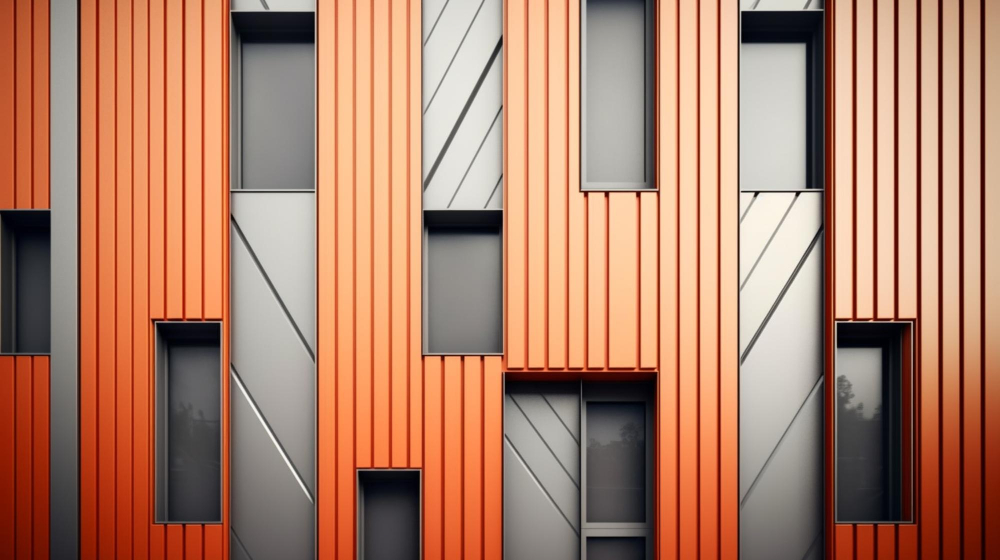
It’s also incredibly durable, making it an excellent choice for homes in areas with harsh weather conditions. Metal siding comes in a variety of materials, including aluminum and steel.
Aluminum siding is lightweight, easy to install, and resistant to rusting or rotting. It can be painted any color you like or even made to mimic the look of other materials such as wood or stone.
Steel siding is heavier than aluminum but provides superior protection against dents and damage from hailstorms or flying debris during high winds. Steel can also be coated with various finishes that resist fading over time while providing additional insulation for your home.
Both types of metal sidings are low maintenance options that require little upkeep beyond occasional cleaning with soap and water. They’re also fire-resistant which makes them ideal choices if you live in an area prone to wildfires.
Seamless Steel Siding
It’s made from heavy-duty steel that can withstand harsh weather conditions, including strong winds, hailstorms, and extreme temperatures. The seamless design means there are no visible seams or gaps between the panels, giving your home a sleek and modern look.
One of the biggest advantages of seamless steel siding is its longevity. Unlike wood siding that requires regular painting or staining every few years to maintain its appearance and protect it from rotting or warping over time; seamless steel requires little upkeep beyond an occasional cleaning with soap water.
Another benefit of this type of siding is that it comes in a wide range of colors so you can choose one that complements your home’s style perfectly. Some manufacturers offer custom color options for those who want something unique.
Brick Siding
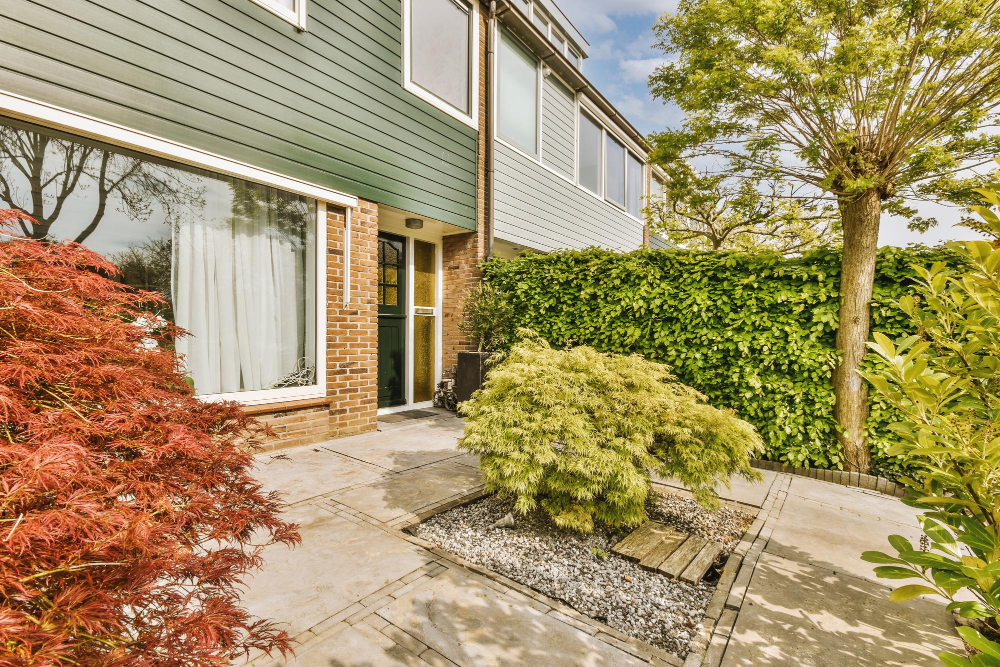
Brick is known for its strength, resistance to weathering, and low maintenance requirements. It also has excellent insulation properties that can help keep your home cool in the summer and warm in the winter.
One of the biggest advantages of brick siding is its longevity. With proper installation and maintenance, brick can last for decades without needing repairs or replacement.
This makes it an ideal choice if you’re looking for a long-term investment in your home’s value.
Another benefit of brick siding is its versatility when it comes to design options. You can choose from a wide range of colors, textures, patterns, and finishes that will complement any architectural style or personal taste.
However, there are some downsides to consider before choosing brick as your primary siding material. One major drawback is cost; bricks tend to be more expensive than other materials like vinyl or fiber cement.
Additionally installing bricks requires skilled labor which adds up on top of material costs making it one among costly sidings available out there.
Masonry Siding

It’s made from materials like brick, stone, or concrete blocks and can be used to create a variety of styles for your home’s exterior.
One of the benefits of masonry siding is its resistance to fire, insects, and rot. This makes it an ideal choice for homeowners who want a long-lasting solution that requires little upkeep.
Another advantage of masonry siding is its energy efficiency. The dense material helps regulate temperature inside the house by keeping it cool in summer and warm in winter.
When choosing masonry siding as an alternative to wood sidings consider factors such as cost (which may vary depending on the type), installation process (which may require professional help), weight (some types are heavier than others) among other things before making your final decision.
Engineered Wood

Made from composite materials, engineered wood is designed to withstand harsh weather conditions and resist rotting, warping, and insect damage.
One of the biggest advantages of engineered wood siding is its versatility in design. It can be made to mimic various types of natural woods such as cedar or redwood while also offering unique textures like shiplap or board-and-batten.
This makes it an excellent choice for homeowners who want a specific aesthetic but don’t want to pay for expensive real-wood options.
Another benefit of engineered wood siding is its ease of installation compared with other alternatives like fiber cement or stucco. Engineered boards are lightweight yet sturdy enough that they can be installed using standard woodworking tools by professionals with experience in carpentry work.
Composite Siding
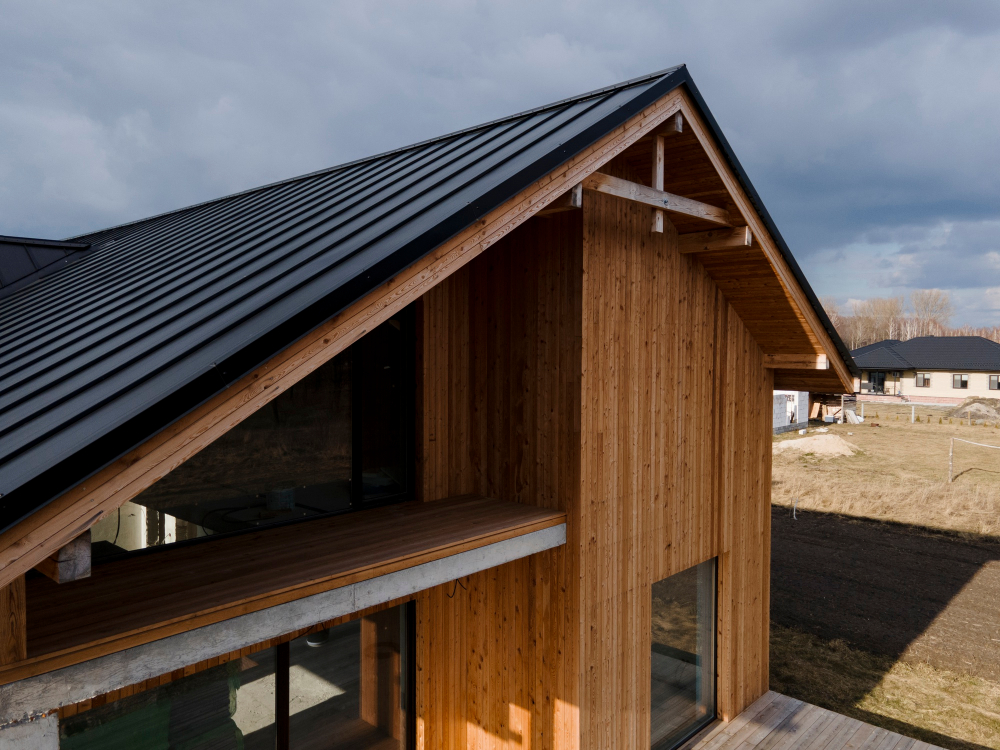
Made from a combination of wood fibers, resin, and other materials, composite siding can mimic the look of natural wood while providing superior protection against weathering and pests.
One major advantage of composite siding is that it doesn’t require painting or staining like real wood does. This means you won’t have to spend time or money on upkeep over the years.
Composite also resists rotting, warping, cracking and splitting which makes it an ideal choice for homeowners who want long-lasting exterior cladding.
Another benefit is that composite comes in many different colors and styles so you can choose one that matches your home’s aesthetic perfectly without having to compromise on quality or price.
Stucco Siding
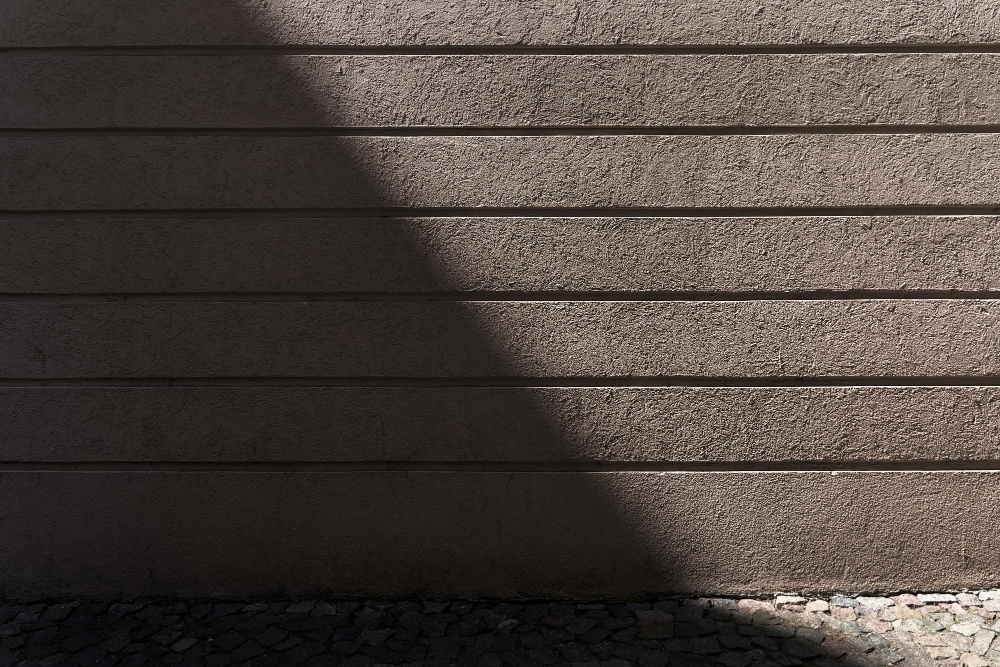
Stucco is made from a mixture of cement, sand, and water that is applied in layers over a wire mesh or other substrate. It can be tinted in virtually any color you desire and can even mimic the look of stone or brick.
One of the biggest advantages of stucco siding is its durability. When properly installed by an experienced professional, it can last for decades with minimal maintenance required beyond occasional cleaning with soap and water.
Because it’s non-combustible (unlike wood), it provides added fire protection for your home.
Another benefit of stucco siding is its versatility when it comes to design options. You can choose from different textures such as smooth or rough finishes depending on what suits your style best.
EIFS (Exterior Insulation and Finish System)
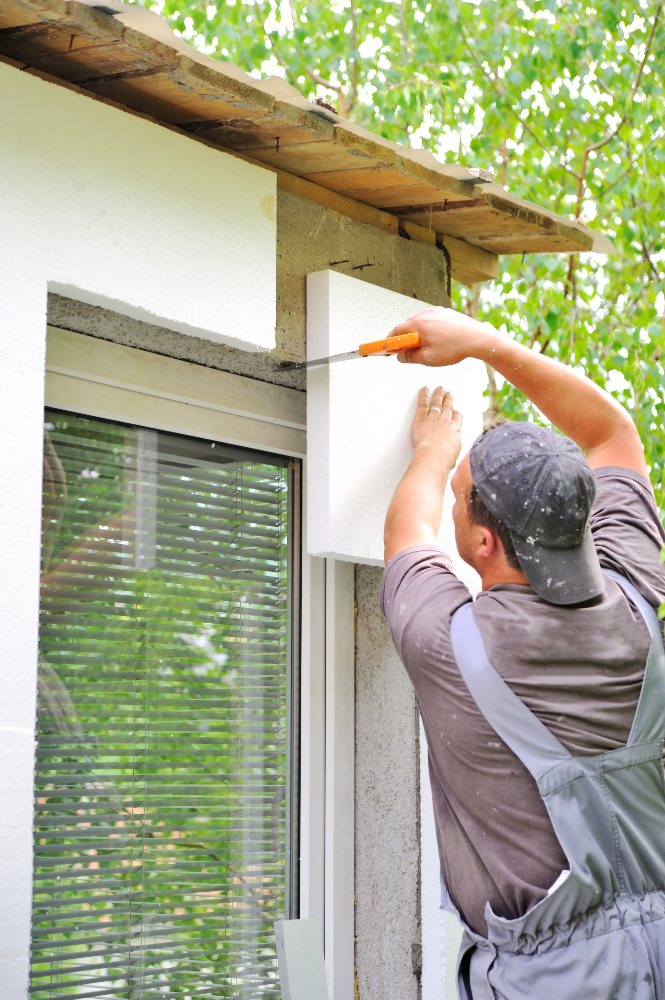
This system consists of several layers of materials applied to the exterior walls of your home, including foam insulation board, base coat adhesive, reinforcing mesh fabric and a finish coat. EIFS can mimic the look of stucco or masonry at a fraction of their cost.
One major advantage to using EIFS is its ability to provide superior thermal performance compared with traditional wood siding. The insulating properties help keep your home cooler in summer months while retaining heat during winter months which translates into lower energy bills for you.
Another benefit is that it’s low maintenance as it doesn’t require painting like traditional wood sidings do; however regular cleaning may be necessary depending on weather conditions in your area.
Stone Veneer

Made from lightweight materials like concrete or polyurethane, stone veneer panels are designed to mimic the texture and color of real stone without the weight or cost. Stone veneer is also incredibly durable and low maintenance, making it an excellent choice for homeowners who want a long-lasting solution that requires minimal upkeep.
One of the biggest advantages of using stone veneer as an alternative to wood siding is its versatility in design options. With so many different styles and colors available on the market today, you’re sure to find something that fits your personal taste and complements your home’s architecture.
Another benefit of choosing stone veneer over traditional wood siding is its resistance against weather elements such as wind damage or moisture buildup which can cause rotting in wooden sidings over time if not properly maintained.
Imitation Stone Siding
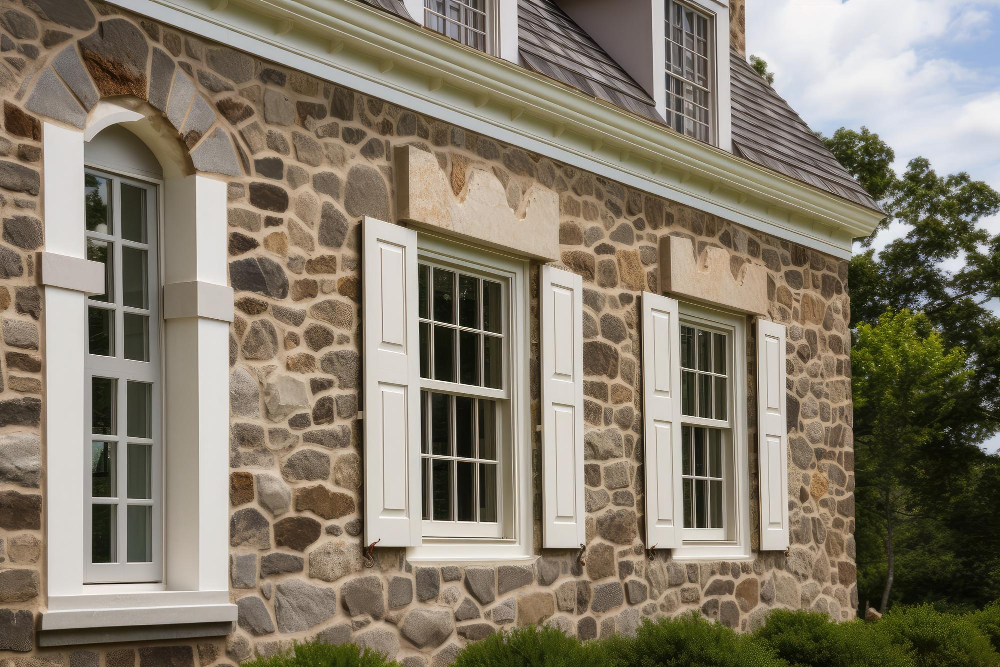
This type of siding is made from materials like polyurethane foam or fiber cement that are designed to look like real stone but are much lighter and easier to work with.
One of the biggest advantages of imitation stone siding is its affordability. It costs significantly less than natural stone, making it an excellent option for homeowners on a budget who still want the look and feel of real rock.
Another advantage is that it’s easy to install. Unlike natural stones, which require skilled masons for installation, imitation stones come in panels or tiles that can be easily installed by anyone with basic DIY skills using simple tools such as saws or drills.
This type of siding requires minimal maintenance compared to other types such as wood sidings since they do not rot nor attract pests; all you need do occasionally clean them up using water and soap solution.
Traditional Lap Siding
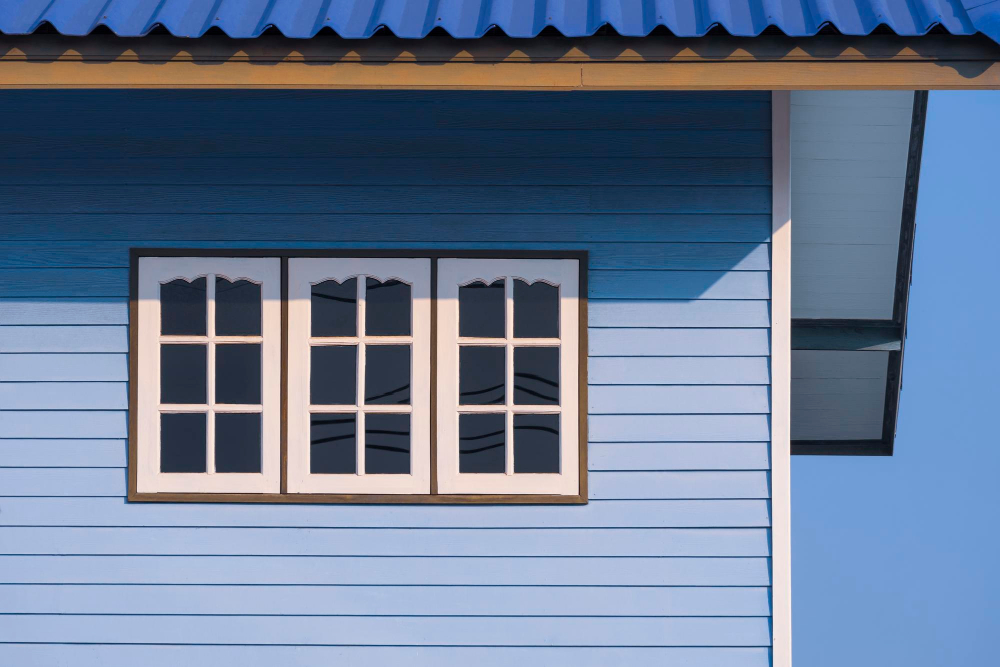
It’s made from wood planks that are installed horizontally with each plank overlapping the one below it. This creates a distinctive shadow line effect and adds texture to your home’s exterior.
While traditional lap siding is often made from wood, there are now many alternatives available in materials like vinyl or fiber cement. These options offer the same look as traditional wood lap siding but with added durability and low maintenance.
One of the benefits of choosing traditional lap siding is its versatility in terms of design options. You can choose different widths for your planks to create unique patterns or mix up colors for an eye-catching contrast.
However, keep in mind that traditional wooden clapboard requires regular upkeep such as painting or staining every few years to maintain its appearance and protect against rotting or warping due to moisture exposure.
Vertical Siding
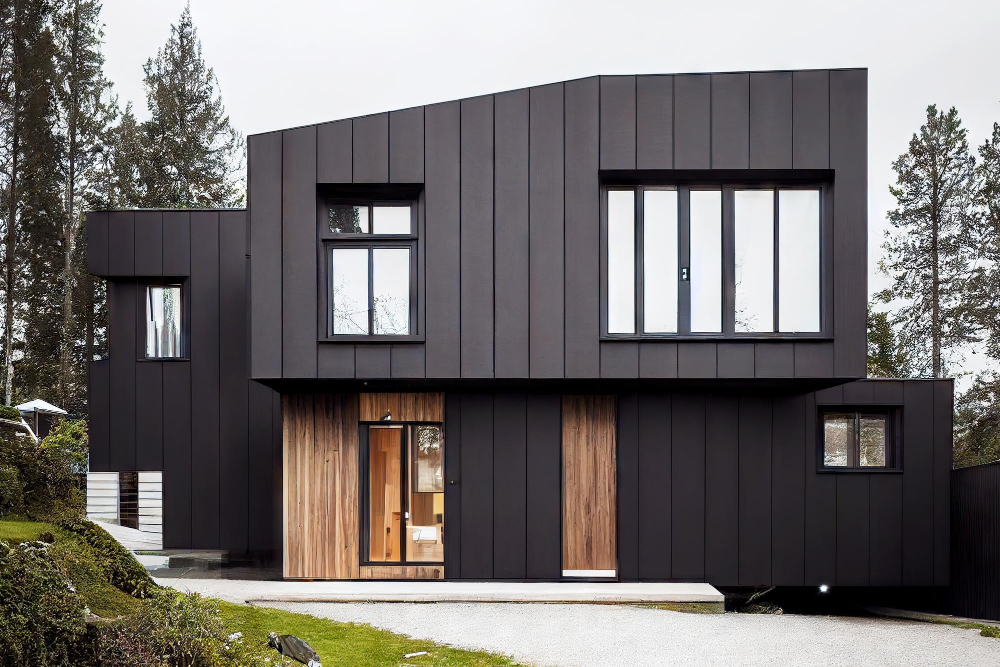
It can give your home a unique and modern look that stands out from the crowd. Vertical siding comes in many different materials, including vinyl, fiber cement, and wood.
One of the benefits of vertical siding is that it can make your home appear taller than it actually is. This effect can be especially useful if you have a single-story home or want to add some height to an older house with low ceilings.
Another advantage of vertical siding is its durability. Because water runs off vertically rather than horizontally like with traditional lap sidings, there’s less chance for moisture damage over time.
Shingles and Shakes
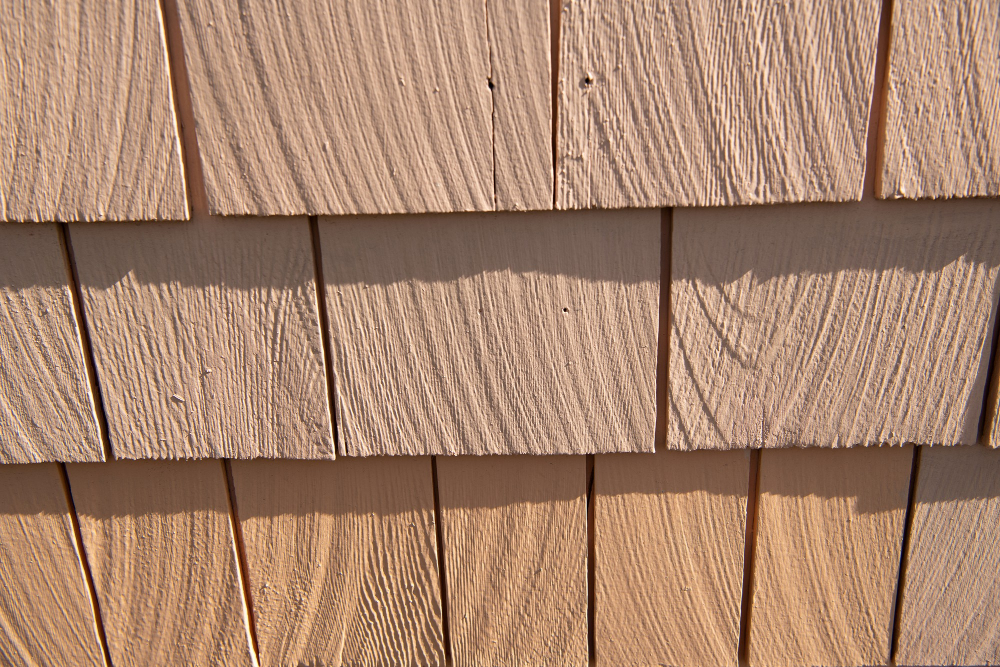
Shakes are thicker than shingles and have a rougher texture, while shingles are thinner and smoother. Both options come in various sizes, shapes, colors, and textures to suit different architectural styles.
One of the benefits of using shingles or shakes is their durability. They’re made from cedar or other types of wood that naturally resist rotting and insect damage.
However, they do require regular maintenance such as staining or painting every few years to keep them looking their best.
Another advantage is that they’re eco-friendly since they’re made from renewable resources like trees rather than petroleum-based products like vinyl siding.
When it comes to cost-effectiveness though compared with other alternatives on this list such as fiber cement siding or engineered wood which offer similar aesthetics but require less maintenance over time -shingle/shake installation costs may be higher due to the labor-intensive process involved in installing them correctly for optimal performance over time.
Decorative Shingles
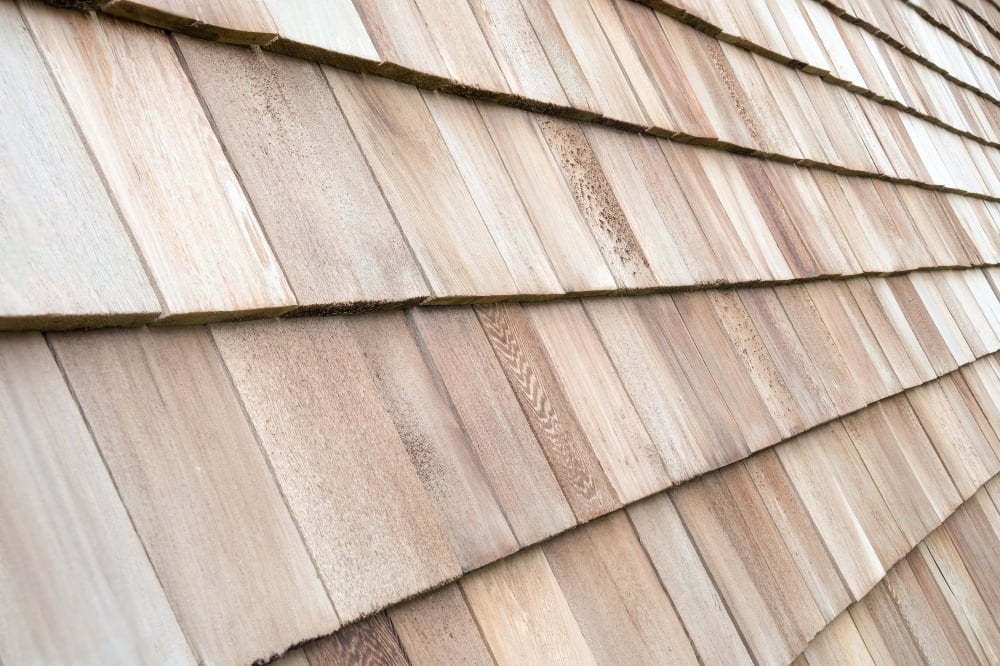
These shingles come in a variety of shapes, sizes, and colors, allowing you to create a unique look that reflects your personal style. Decorative shingles can be made from wood or composite materials like vinyl or fiber cement.
One popular type of decorative shingle is the scalloped edge design. This style mimics the look of traditional cedar shake siding but with added flair thanks to its curved edges.
Another option is diamond-shaped decorative shingles that give off an elegant yet modern vibe.
When choosing decorative shingles for your home’s exterior, it’s important to consider factors such as durability and maintenance requirements. Composite materials tend to require less upkeep than natural wood options while still providing the same aesthetic appeal.
Pura NFC Siding By Trespa
Made from natural fibers and thermosetting resins, this innovative material is designed to withstand even the harshest weather conditions while maintaining its beautiful appearance for years to come.
One of the key benefits of Pura NFC Siding is its low maintenance requirements. Unlike traditional wood siding, which requires regular painting or staining to prevent rotting or warping, Pura NFC Siding can be easily cleaned with soap and water.
This makes it an ideal choice for homeowners who want a beautiful exterior without spending hours on upkeep.
In addition to being easy to maintain, Pura NFC Siding also comes in a wide range of colors and finishes. Whether you prefer the look of natural wood grain or something more modern like metallics or concrete effects, there’s sure to be an option that suits your taste.
If you’re looking for a durable yet stylish alternative to traditional wood siding options like cedar shingles or lap boards – one that won’t require constant upkeep – then consider giving Pura NFC Siding by Trespa serious consideration when planning your next home renovation project!
FAQ
What is the new siding that looks like wood?
The new siding that looks like wood is Everlast Polymeric Cladding, also known as Everlast Composite Siding, which has a texture identical to cedar and features “Cedar Touch”.
What is the cheapest wood siding?
The cheapest wood siding is plywood, costing $3.50 to $7.20 per square foot installed.
What is the cheapest most durable house siding?
The cheapest and most durable house siding is vinyl siding, which can be found for as low as $2 per square foot.
What are the environmentally friendly alternatives to traditional wood siding?
Environmentally friendly alternatives to traditional wood siding include fiber cement, engineered wood, and reclaimed wood.
How does the longevity and maintenance of wood siding alternatives compare to traditional wood siding?
Wood siding alternatives tend to have better longevity and require less maintenance than traditional wood siding.
What role does insulation and energy efficiency play in selecting wood siding alternatives for homes?
Insulation and energy efficiency play a significant role in selecting wood siding alternatives for homes, as they contribute to reducing energy consumption and maintaining a comfortable indoor environment.
Recap
Liked this article? Here's what you can read next:
